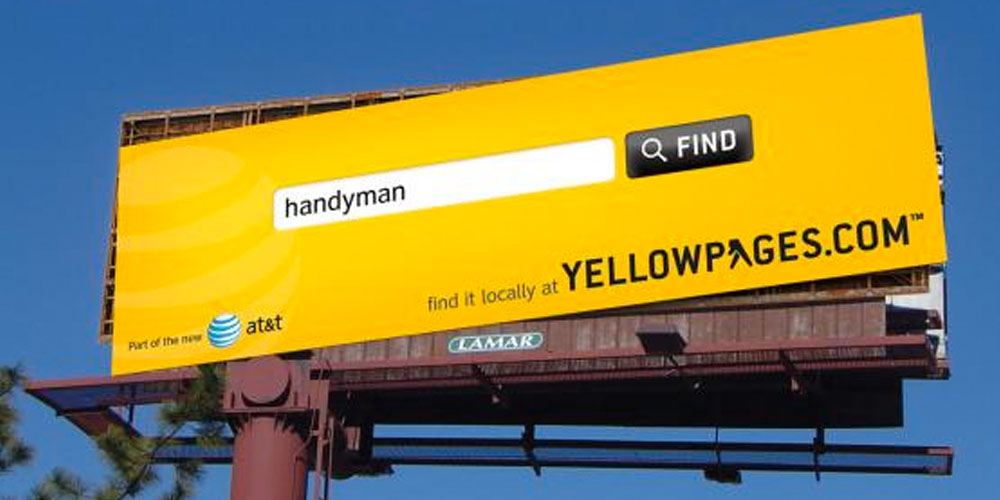
Business Success Using the Web | Part I
How do you measure your success in using the WEB for getting more business?
Do you use any of the following methods?
- Ask new customers or prospects how they found you
- Look at how many website visits you are getting
- Do a couple of keyword searches in Google to see if you are on the first page
- Ask Yellow Pages, Angie’s List or other business directories how they are doing for you
Even if you are using some or all of those methods you are not getting the full story. Here’s why.
Asking New Customers How they Found You
If you are relying on asking new customers how they found your website or business you may be getting a very slanted picture. Most people do more than a little research before finally making a call. By the time they actually call you (and this could all happen in few hours to several weeks) the client may not remember how they actually came to be aware of your business in the first place.
According to Nick Persico, Co-founder of Smart Host,busin it is very important to know exactly what your customers searched for. Was it your business or the name of your competitor or a description of your product? Read his blog titled It is not Enough to Ask, “How Did you Hear About Us?”
Some websites have forms ask the question “how did you hear about us?” to aid in customer contact. This is not the place for this. Since many users just want to get through the form you will be getting some very bad data by doing this and at the same time hurting your chances that someone will fill out the form. Patrick Smith in his blog titled Stop Asking Your Users “How Did you Hear About Us?”
Monitoring Website Visits
Are you aware that some of the traffic to your website may be from meaningless robots?
If you are looking at the number of website visits and concluding from that some sort of success or failure, you are very much mistaken and misguided in a number of ways.
First, the number of website visits has been dramatically increasing as the number of bots visits has increased over the last year. A bot visit is a meaningless visit to your website by another computer for the purpose of marketing to you or gathering information.
For example, “semalt.com” accounts for double digit percentages of the visits to some smaller websites with less than 500 visits per month.
According to an article in Forbes, some 60% of web traffic is non-human. Our experience, with our clients, does not confirm this but it does mean that you cannot measure web traffic overall and conclude anything.
Are you on the first page of a Google search?
If you do your own searches in Google and see if you are listed, you are still not getting at the real benefit. According to Google 1/3 of all Google searches (that combination of words searched) have never been done before. In addition, there are hundreds or thousands of ways to search for anything. If you are on the first page for a simple search, it doesn’t mean you will be there for most of the searches.
In addition to that searches on your own computer use your browsing history to influence what websites are on the first page.
How are your business listings helping you? Are you paying for them? Do you know the results?
Ask your present provider how they are doing. I have seen reports from many providers of internet marketing such as Yellow Pages, Yellow Page City, Angie’s List and the information is very sketchy.
You usually are shown how many “impressions” you are getting of the ad they created for you. An impression usually means that the viewer saw the page that contained the ad. Sometimes you are shown data such as “conversions.” This means that the viewer clicked on an ad to see the coupon.
In some cases you can see telephone calls to your business number through the ad providers tracking phone number.
An impression doesn’t necessarily mean real traffic is going to your website. “Below the fold” ads are not necessarily even seen.
Be cautious with impression data results you may be given by your web marketing rep as they are often skewed perceptions of the whole truth surrounding your website traffic.
For example, if you are advertising on Yellow Pages there are 7 ads that are visible without scrolling down, and there is a total of 27 ads on that first page (for a particular search). Your chances of being seen are 7/27 or 25% even when Yellow Pages might rotate the ads.
